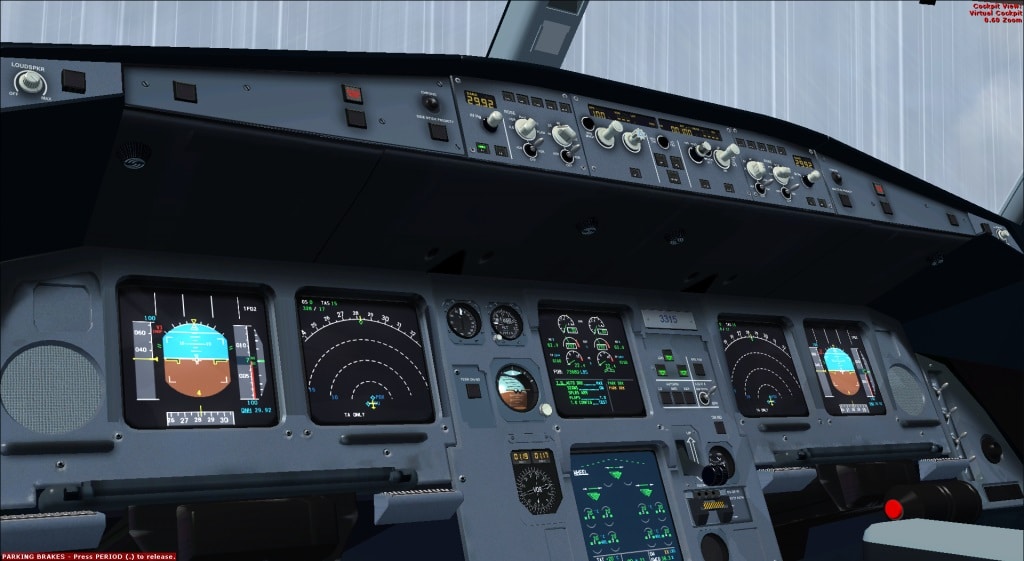

The B11 was originally planned to take the place of narrow-body Boeing 707s and Douglas DC-8s then in commercial use, but would later evolve to target the long-range, wide-body trijet replacement market. Īt the same time, a 200-seat four-engine version, the B11 (which would eventually become the A340) was also under development. It was also considered as a medium-ranged successor to the A300. Offering the same range and payload as the McDonnell Douglas DC-10 but with 25 per cent better fuel efficiency, the B9 was seen as a viable replacement for the DC-10 and the Lockheed L-1011 TriStar trijets. It was targeted at the growing demand for high-capacity, medium-range, transcontinental trunk routes. The B9 was essentially a lengthened A300 with the same wing, coupled with the most powerful turbofan engines available. In the mid-1970s, Airbus began development of the A300B9, a larger derivative of the A300, which would eventually become the A330. During these studies Airbus turned its focus back to the wide-body aircraft market, simultaneously working on both projects. Airbus then focused its efforts on single-aisle (SA) studies, conceiving a family of airliners later known as the Airbus A320 family, the first commercial aircraft with digital fly-by-wire controls. A tenth variant, the A300B10, was conceived in 1973 and developed into the longer-range Airbus A310. Before introducing the A300, Airbus identified nine possible variations designated B1 through B9. Pursuing this goal, studies began in the early 1970s into derivatives of the A300. It is complemented by the larger Airbus A350, which succeeded the four-engined A340.ĭevelopment Background Airbus jetliners, 1972–1994Ī330 and A340 seating and range comparisonĪirbus's first airliner, the A300, was envisioned as part of a diverse family of commercial aircraft. It competes with the Boeing 767, smaller variants of the Boeing 777, and the 787.


The A330 is the third most delivered wide-body airliner after the Boeing 777 and Boeing 747. The global A330 fleet had accumulated more than 60 million flight hours since its entry into service. As of March 2023, A330 orders stood at 1,774 of which 1,565 had been delivered and 1,456 were in service with 142 operators. Earlier A330s (-200/200F/300) are now called A330ceo ( current engine option).ĭelta Air Lines is currently the largest operator with 62 airplanes in its fleet. With the exclusive, more efficient Trent 7000 turbofan and improvements including sharklets, it offers up to 14% better fuel economy per seat. In July 2014, Airbus announced the re-engined A330neo ( new engine option) comprising A330-800/900, which entered service with TAP Air Portugal in December 2018. The A330 MRTT was proposed as the EADS/Northrop Grumman KC-45 for the US Air Force's KC-X competition, but lost to the Boeing KC-46 in appeal after an initial win. Other variants include the A330-200F dedicated freighter, the A330 MRTT military tanker, and the ACJ330 corporate jet. The A330 was Airbus's first airliner to offer a choice of three engines: the General Electric CF6, Pratt & Whitney PW4000, or the Rolls-Royce Trent 700. Both airliners have fly-by-wire controls as well as a similar glass cockpit to increase the commonality. The A330 shares its airframe with the early A340 variants, but having two main landing gear legs instead of three, lower weights, and slightly different lengths. The slightly shorter A330-200 variant followed in 1998. The A330-300, the first variant, took its maiden flight in November 1992 and entered service with Air Inter in January 1994. Then the company began development on the A330 twinjet in parallel with the A340 quadjet and launched both designs with their first orders in June 1987. The Airbus A330 is a wide-body aircraft developed and produced by Airbus.Īirbus conceived several derivatives of the A300, its first airliner from the mid-1970s.


 0 kommentar(er)
0 kommentar(er)
